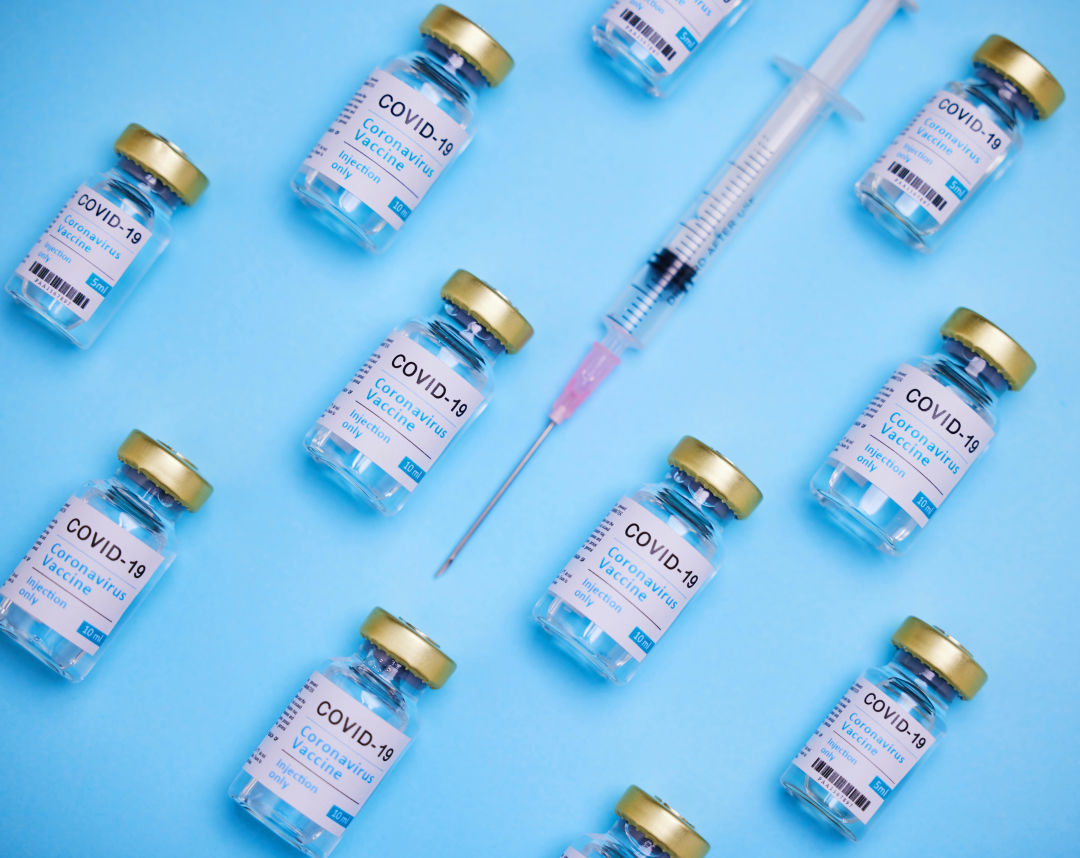FDA Approves Omicron Booster Shots for Kids As Young As 5

Well, that didn't take long. On October 12, the Food and Drug Administration approved bivalent shots for some of the youngest among us, exactly six weeks after the federal agency authorized omicron-tailored boosters for those 12 and older. Final approval from the Centers for Disease Control also came on the same day.
Pfizer's updated booster, which targets the OG strain as well as BA.4 and BA.5, is now approved for those as young as five; Moderna's for children six and older. With this new authorization, kids in this age group are also eligible to get a second booster.
"Vaccination remains the most effective measure to prevent the severe consequences of Covid-19, including hospitalization and death,” said Dr. Peter Marks, the FDA's vaccine chief, in a news release.
According to Public Health—Seattle and King County, anyone who's at least two months out from their last booster should plan to get the new doses as soon as possible. If your last booster was in 2021, time is especially of the essence. The only exception is if you've recently had Covid. In that case, it's reasonable to wait up to three months before getting the new booster, but sometimes sooner.
Public Health has both the updated Pfizer and Moderna boosters available at its vaccine clinics. You can make an appointment online here. Various other vaccine sites, health clinics, hospital organizations, and pharmacies have the updated shots as well.
Despite the widespread availability of the bivalent shots, only 13.3 percent of eligible King County residents have received their second booster and only 19.2 percent of those ages 5–11 have completed their primary series and first booster. Data from the past 30 days shows those who were not fully vaccinated were nine times more likely to die from Covid, five times more likely to be hospitalized, and 1.8 times more likely to get the disease than boosted individuals.




